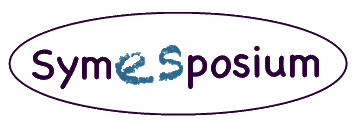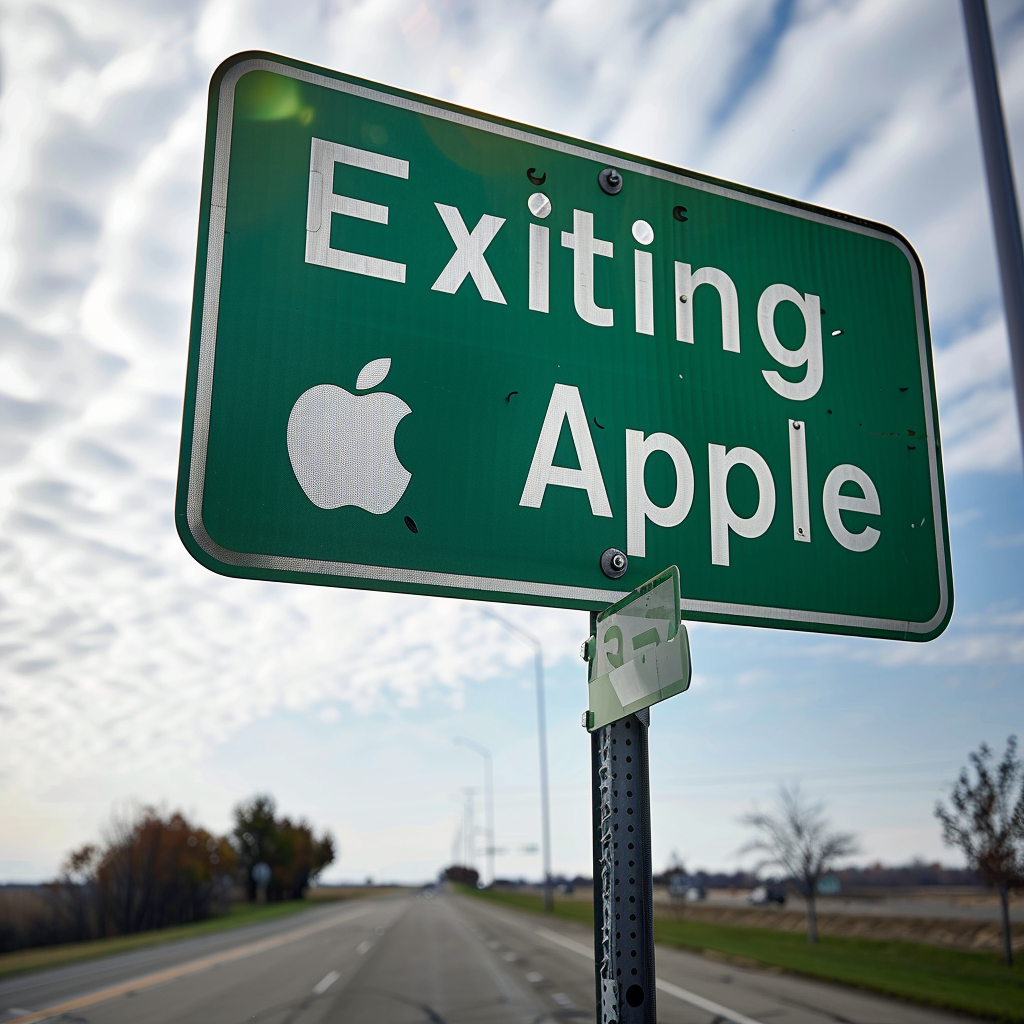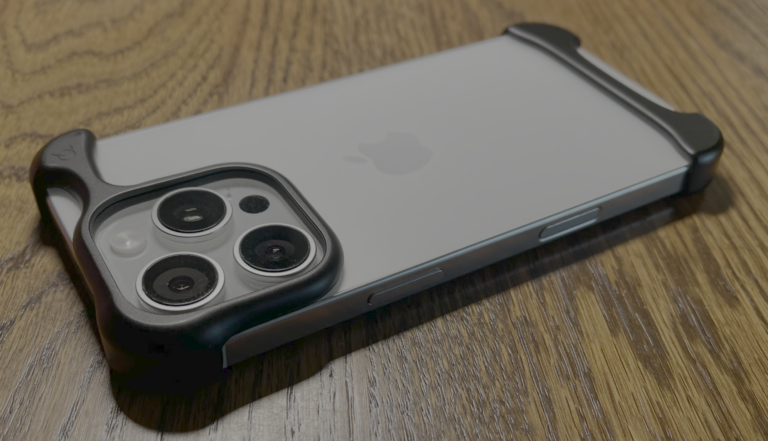I Guess I’ll have to Start Planning My Long-Term Exit From Apple
I am a heavy iPad user, ever since the original iPad. My current iPad is 6 years old and showing its slowness with age. I paid more than I wanted for the 2018 iPad Pro so it would last as long as possible, and that goal was successful. I also bought the Pro believing Apple would move the platform forward to be significantly more capable than being a large iPhone. That goal was not successful. When Apple broke iPadOS from iOS a few years ago, as a power user I thought "What a good move, let’s take advantage of the hardware." Unfortunately, the new features of the software/OS has all been “tweaks” limping barely one step above iOS.
I was so looking forward to Apple’s new iPad announcements this last month. I had hoped to see new capabilities to justify a Pro level device. Watching their amazing achievement in making an elegantly thin device with the hardware power of the new M4 chips, it was so disappointing to see the price increase without capability increase. It is getting hard to justify the cost for for a Pro level iPad saddled with the same limitations of the “lesser" iPads. I will watch WWDC to see if by chance they are holding back significant iPadOS announcements for this event, but I am prepping myself for disappointment. There is a small hope for AI features that take advantage of the neural engine processors, but watching them flounder on basic OS features does not give me confidence on AI.
So where is Apple falling short? Federico (Viticci, 2024) does a thorough job of delineating problems of iPadOS, but let me put my unique spin on the biggest issues that impact me every day:
File System
The file system is shambles and Apple is not improving it. It appears that Apple pressures developers away from the traditional file system; more and more developers are depending on iCloud for managing files at the exclusion of the internal file system. As a person who works with multiple operating systems/devices, iCloud is not a viable option. I use SyncThing (Mobius)to sync files between systems but many apps have trouble with allowing me to simply navigate to a the correct folder on the iPad. For example, I cannot use Obsidian on iPadOS or iOS as they force everyone to use iCloud or their own proprietary system for syncing files, intentionally blocking any access to the local file system on the device. Saving/opening a file to the folder of my choice on the iPad or iPhone is not an option. I can do it on Obsidian with every other OS, including an Android tablet, but not iOS. I am forced to use alternative markdown apps on iOS that offer access to local folders on the iPad. Ridiculous! The problem is growing as I see more and more apps becoming unusable without iCloud while treating the local file system of the iPad as an afterthought. I am not saying that developers shouldn’t use iCloud; rather, remember those who don’t/can’t use iCloud. iCloud is Apple’s ultimate lockout to other platforms, and it appears they coerce developers to help them leverage that.
Background Processing and Multi-tasking
I use NetNewsWire for collecting new content on the web. My RSS list is huge, so it is necessary to have it run in the background while doing something else. Unfortunately, with iPadOS you must make it a part of Stage Manager so it can load content in the background while working on other apps. Therefore, I have to maneuver apps I need at the moment and go through a cumbersome process for bringing them together in clusters. After all that effort, NetNewsWire still takes several minutes before it updates. Even with a faster iPad, the process is clunky at best and very frustrating. NetNewsWire works flawlessly on the Mac (even my seven-year-old Mac), always up to date at any given moment. Think about that: an old Mac running on an ancient Intel processor compared to a new iPad with a new M-Series processor; the iPad should wipe the floor with that Mac! Instead, the iPad is the cumbersome slow system. How can you view that as anything other than years of serious neglect!
I have several other apps that I need background processing, so this is is not an isolated problem. To top it off, rather than bringing MacOS flexibility to the iPad, Apple tried to justify Stage Manager by porting it over to the Mac, which is nothing short of silly–another case of a shoehorning a less capable feature of IOS onto the more flexible and capable MacOS.
Share
The share system has been a mess for a long time, with no sign of any relief. When you choose Share, you are shown a vertical list of operating system options and shortcuts mixed with a handful of apps. Add to that strange mix, they impose a horizontal row (sometimes two) across the top for listing other apps, and top it off by slipping a More option on the far right with a second vertical list of other apps. Good luck finding the app you want. What makes it worse is that sometimes the app you want is not visible at all, even when file-type of the document is compatible. “Mess” is too mild a term. I use Share with apps and shortcuts many times daily, so I am stuck spending way too much time navigating this outdated-to-the-point-of-ridiculous user interface.
Closed vs Open App System
Now that Apple makes billions on the AppStore system, they will never go back. The Mac offers a nice balance of both an App Store and open downloads as options. Apple have tried to tighten down the open options of the Mac, but resistance from the community forced them to back-off (or more accurately slow down). Every other operating system from Apple has their locked-in App stores, where apps are under heavy constraints. The newest,Vision OS, had great potential but they relegated it to being more similar to iPadOS than MacOS. What a lost opportunity! I personally can’t justify $4000 for such a limited system in spite of Vision OS features–MacOS is much more flexible!
Appearances indicate Apple hates not being able to lock down MacOS as tightly as the rest of their operating systems. As they continue to embrace inflexible legacy iOS systems unable to tap the power of their hardware, I am coming to the realization that eventually I may have to plan a long-term exit to Apple products–iOS and iPad sooner than MacOS. I really don’t want to go back to Android, so that leaves me eyeing Linux instead, which is a problem since Linux phone and tablet markets are quite immature. It is too bad we are locked into a duopoly for phones and tablets.
In the meantime, barring new AI announcements at WWDC, I will likely acquire a lower-end iPad to hold me until the longer-term transition. Understand, this is coming from someone who, while working with many various platforms over the decades, has owned an Apple product since 1983. I don’t fit the traditional “hater” label that people get when criticizing Apple. Rather, I am a long-time advocate who is finding Apple’s choices (or arguably neglect) for future products turning increasingly more user-hostile, particularly power users.
It’s too bad–most of the points I mentioned are relatively simple fixes for an organization like Apple. They already have solutions to these problems but choose to ignore them. Of course each year they release new features, but these are always tacked on top of constrained systems. Unfortunately, if the past is an indication, it is hard to NOT come to the conclusion that Apple will continue to embrace and tweak these outdated iOS systems while continuing to impose more iOS-like limitations to MacOS, their lone flexible OS. Please, Apple, this is one area I would welcome being proven wrong.
Resources
Viticci, F. (2024, May 13). Not an ipad pro review: Why ipados still doesn’t get the basics right. MacStories. https://www.macstories.net/stories/not-an-ipad-pro-review/







